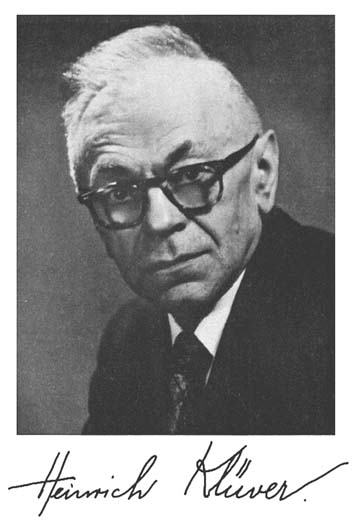
1/
🤔I kept thinking about Klüver-Busy after @RyanBPetersonMD fantastic case (Post-herpes encephalitis NMDA, check it out!)
🧐How in the world did they get to describe this syndrome!? Well, it's fascinating.
🤔I kept thinking about Klüver-Busy after @RyanBPetersonMD fantastic case (Post-herpes encephalitis NMDA, check it out!)
🧐How in the world did they get to describe this syndrome!? Well, it's fascinating.
2/
🤓A Cactus (mescaline), a monkey named "Aurora", Heinrich Klüver and a neurosurgeon (Bucy)
✅Klüver: experimental psychologist, helped shape the field (neuroscience). He had an interest in Peyote and mescaline induced hallucinations (eidetic visual phenomena)
🤓A Cactus (mescaline), a monkey named "Aurora", Heinrich Klüver and a neurosurgeon (Bucy)
✅Klüver: experimental psychologist, helped shape the field (neuroscience). He had an interest in Peyote and mescaline induced hallucinations (eidetic visual phenomena)

3/
🌵Mescaline (Trimethoxyphenethylamine)
✅Occurs naturally in two cacti: San Pedro and Peyote
🌵Alkaloid, hallucinogen, chemically related to amphetamine
🌵Stimulates serotonin and dopamine receptors (locus coeruleus and prefrontal cortex
Peyote is a cute cactus.😍😍
🌵Mescaline (Trimethoxyphenethylamine)
✅Occurs naturally in two cacti: San Pedro and Peyote
🌵Alkaloid, hallucinogen, chemically related to amphetamine
🌵Stimulates serotonin and dopamine receptors (locus coeruleus and prefrontal cortex
Peyote is a cute cactus.😍😍

4/
Back to Aurora 🐒
✅She was an angry monkey
🙈Klüver gave mescaline to Aurora. He noted chewing and licking movements on her.
🙉He thought these were "uncinate" fits (Hughlings Jackson term for oral automatisms, taste/smell hallucinations in temporal lobe epilepsy)
Back to Aurora 🐒
✅She was an angry monkey
🙈Klüver gave mescaline to Aurora. He noted chewing and licking movements on her.
🙉He thought these were "uncinate" fits (Hughlings Jackson term for oral automatisms, taste/smell hallucinations in temporal lobe epilepsy)

5/
🥸Klüver thought the temporal lobe was the area where the hallucinogenic effect of mescaline resided.
🤠He needed a Neurosurgeon friend to remove the temporal lobe and confirm mescaline's site of action (Paul Bucy)
🥸Klüver thought the temporal lobe was the area where the hallucinogenic effect of mescaline resided.
🤠He needed a Neurosurgeon friend to remove the temporal lobe and confirm mescaline's site of action (Paul Bucy)

6/
🤠Bucy removed a large portion of the left temporal lobe of our aggressive friend Aurora.
🐒Aurora became tame! A lovely well behaved monkey.
😳Klüver and Bucy decided to remove the right temporal lobe as well.
🥺The mescaline-induced oral automatisms continued.
🤠Bucy removed a large portion of the left temporal lobe of our aggressive friend Aurora.
🐒Aurora became tame! A lovely well behaved monkey.
😳Klüver and Bucy decided to remove the right temporal lobe as well.
🥺The mescaline-induced oral automatisms continued.
7/
This discovery turned Klüver research from Peyote visions to the study of the temporal lobe and its diseases
This discovery turned Klüver research from Peyote visions to the study of the temporal lobe and its diseases

8/
"it may come as a surprise that the discovery of the syndrome of bilateral destruction of the temporal lobes came by chance and without prior planning. This discovery was the result of the action of a well-prepared, active, alert mind" Klüver
"it may come as a surprise that the discovery of the syndrome of bilateral destruction of the temporal lobes came by chance and without prior planning. This discovery was the result of the action of a well-prepared, active, alert mind" Klüver
9/
Pretty wild right!
@EmoryNeuroCrit @caseyalbin @mallyaa @Capt_Ammonia @EricLawson90 @sigman_md @JimmySuhMD
nap.edu/read/9650/chap…
🦋🦋🦋
Pretty wild right!
@EmoryNeuroCrit @caseyalbin @mallyaa @Capt_Ammonia @EricLawson90 @sigman_md @JimmySuhMD
nap.edu/read/9650/chap…
🦋🦋🦋
• • •
Missing some Tweet in this thread? You can try to
force a refresh



